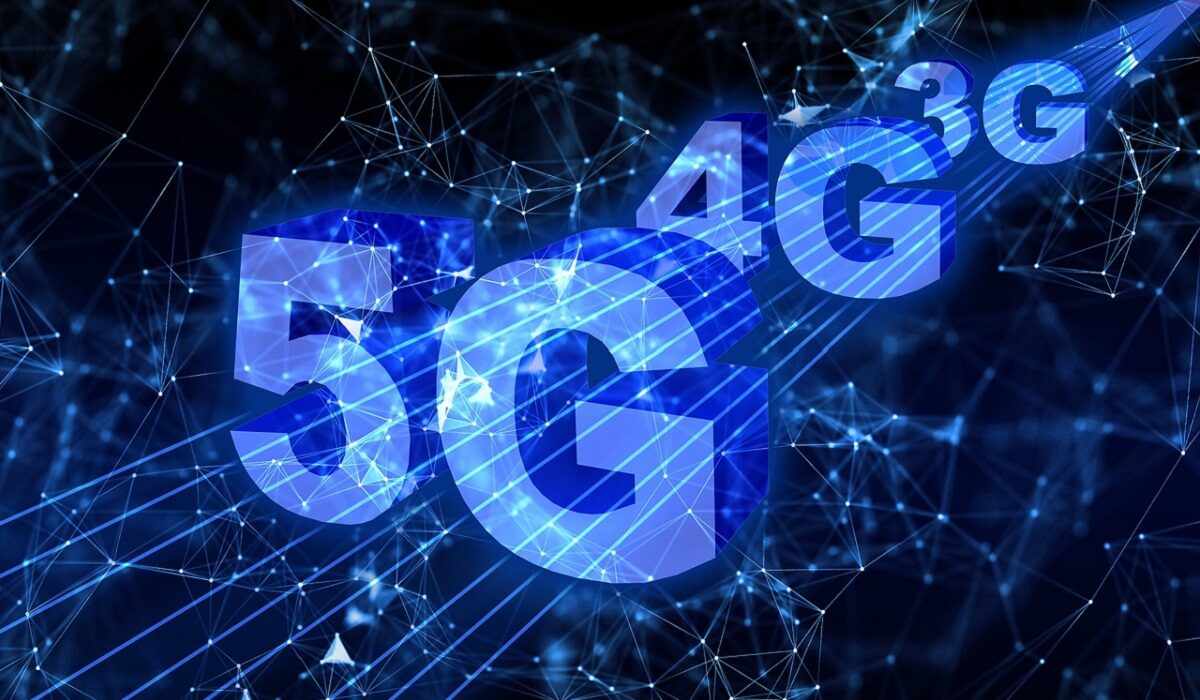5G is rolling out in multiple countries around the world, and with that is increasing interest in the subject. With that is also a lot of confusion as telecom operators and carriers roll out with various branding to market their 5G services.
You will have come across terms like low-band, mid-band, C-band, and millimeter wave or mmWave, 5G Evolution, Ultra-wide band, and the like. We explain them all in this article.

What is 5G low-band?
5G low-band occupies a part of the electromagnetic spectrum below 4GHz and is closer to 4G, not just on the spectrum, but also in terms of capacity and speed. It is regarded as non-standalone (NSA). This is a basic version of 5G that is dependent on 4G LTE infrastructure. It is also referred to as sub-6GHz.
What is 5G mid-band?
5G mid-band is also known as C-band. It occupies frequency bands between 3.4GHz and 8GHz, and offers better speeds than 5G low-band. C-band is regarded as the sweet spot for deployment, as it offers a balance of coverage, capacity, and speed.
What is 5G mmWave?
5G millimeter-wave occupies radio frequency spectrum between 24GHz and 100GHz. This is a spectrum with very short wavelength, and delivers the fastest speeds possible. 5G mmWave is a standalone (SA) technology.
Millimeter wave (mmWave) is also the most susceptible to obstruction from physical objects, like walls, terrain, and the like. As such, rollout of 5G mmWave is more tasking, requiring a greater concentration of transmission equipment. That means, you need more equipment to cover a given area with mmWave than if you were deploying C-band or low-band.
What is 5G Ultra Wideband?
Ultra Wideband is a marketing term used by Verizon to classify its C-band and mmWave networks, which are standalone technology.
What is 5G Evolution?
5G Evolution is a misleading marketing term that AT&T calls its upgraded 4G network. In reality, it is not 5G at all.
What is AT&T’s 5G Plus?
5G Plus is what AT&T calls its C-band and mmWave 5G networks.
What is Extended Range 5G?
This is what T-Mobile calls its low-band 5G service.
What is Ultra Capacity 5G?
Ultra Capacity 5G, or 5G UC, is T-Mobile’s marketing name for its C-band and mmWave services.
In summary, lower frequency bands are more congested, cover much greater distances, but offer slower data speeds, while higher frequency bands cover much smaller areas but have more capacity and deliver much greater speeds. Low-band is the slowest, mid-band or C-band offers reasonable speeds, and millimeter wave (mmWave), which occupies the higher frequencies, delivers the fastest speeds.
Deployment
Naturally, low-band (sub-6GHz, NSA) technology was what the first 5G networks were deployed on, since they leveraged on existing 4G LTE infrastructure, and so were cheaper and faster to deploy. But the speed difference between sub-6GHz and LTE was not much. Carriers needed to deliver on the promise of greater speed and capacity.
Some carriers and networks then began to deploy millimeter wave (mmWave) in limited scopes to fulfil that promise. Elsewhere around the world, governments freed up the C-band, which had previously been deployed for other uses, including satellite communications, and made it available for 5G deployment. Mid-band/C-band has characteristics that makes it the ideal, balanced, deployment.
In the United States, it has been referred to as the saviour of 5G. Mid-band/C-band is now being used for 5G rollout in more and more countries around the world (including Nigeria) and is likely to become the most popular form.

